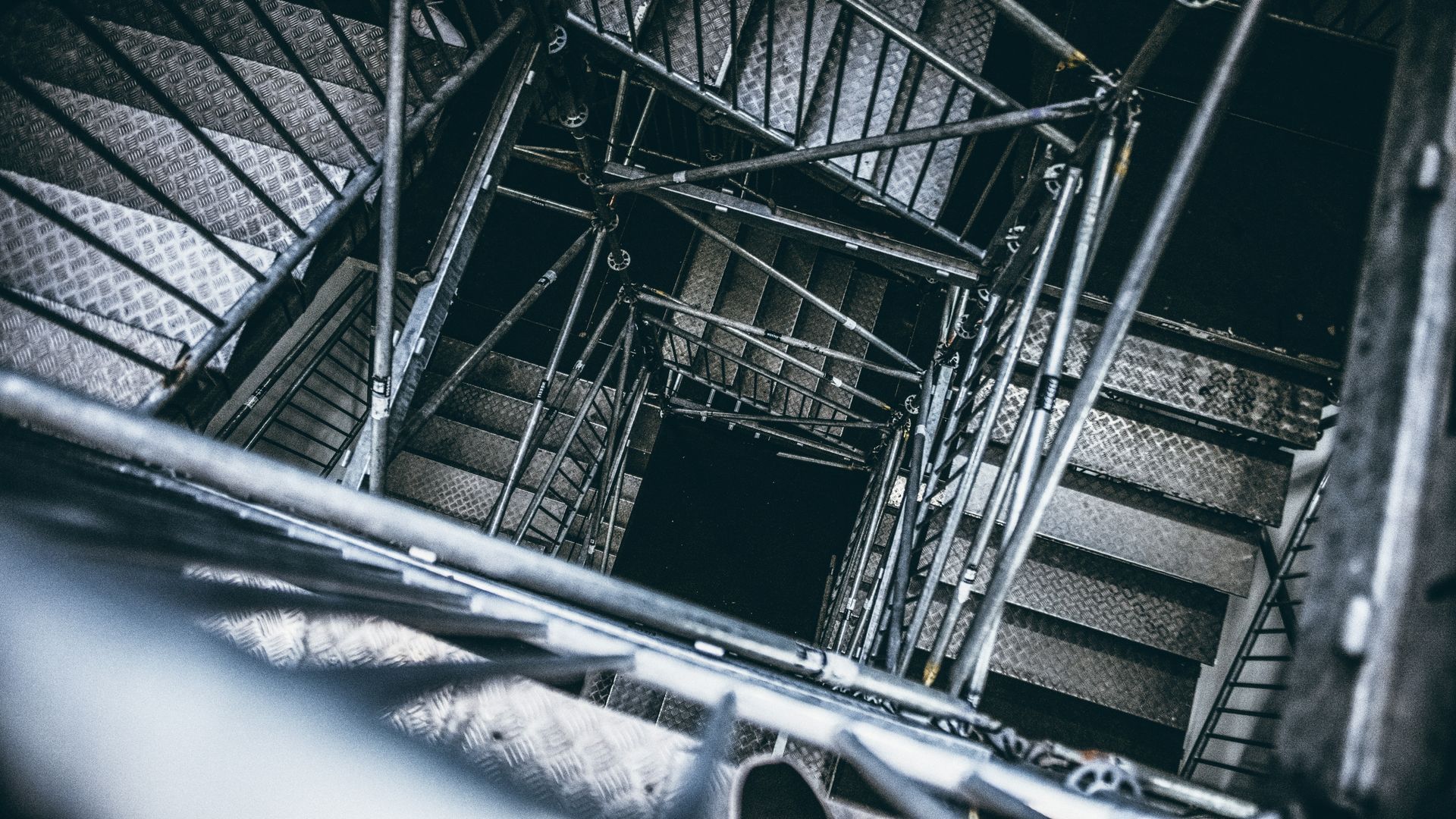Toll Free: (866) 215-0651
Local: (657) 900-2066
Best Practices for Equipment Installation and Commissioning
Efficient equipment installation and commissioning are critical to ensuring long-term success and reliability in industrial operations. These processes not only set the foundation for optimal performance but also minimize costly downtime and future maintenance needs. By following best practices, businesses can streamline operations and enhance overall productivity.
The Importance of Proper Installation and Commissioning
Equipment installation and commissioning involve more than simply placing and starting machinery. Improper procedures can lead to:
- Frequent Downtime: Faulty installation often results in operational disruptions.
- Reduced Equipment Lifespan: Misaligned or incorrectly installed equipment wears out faster.
- Safety Hazards: Improper setups can pose risks to workers and facilities.
A well-executed installation process ensures the equipment operates as intended, meeting both operational and safety requirements.
Best Practices for Equipment Installation
1. Detailed Pre-Installation Planning
Start with thorough planning, including site surveys, layout designs, and utility assessments. Engage all stakeholders—engineers, technicians, and operators—to ensure alignment on project goals.
2. Follow Manufacturer Guidelines
Always adhere to the manufacturer’s installation instructions, including torque specifications, alignment procedures, and safety recommendations. These guidelines ensure the equipment performs optimally and maintains warranty coverage.
3. Invest in Skilled Technicians
Proper installation requires expertise. Use certified professionals who are trained in handling the specific type of equipment to avoid costly mistakes.
4. Verify Environmental Conditions
Ensure the installation environment meets equipment requirements, such as temperature, humidity, and power supply quality. Neglecting environmental factors can impact functionality and durability.
5. Use Proper Tools and Equipment
Using the correct tools ensures precision and prevents damage during installation. For example, laser alignment tools can ensure perfect alignment for rotating machinery.
Best Practices for Equipment Commissioning
1. Conduct Thorough Testing
Before full operation, perform tests to verify that the equipment functions as expected. This includes calibration, load testing, and operational trials under various conditions.
2. Document the Process
Maintain detailed records of the commissioning process, including test results, adjustments, and any issues encountered. These records serve as valuable references for future maintenance.
3. Train Personnel
Ensure operators and maintenance staff are trained to handle the equipment. Proper training reduces errors and maximizes efficiency.
4. Monitor Initial Performance
During the early stages of operation, monitor the equipment closely to identify any issues that may arise. Adjust settings as needed to optimize performance.
Real-World Example: Successful Installation and Commissioning
A manufacturing plant upgraded its conveyor systems by following best practices. By engaging certified technicians, performing pre-installation checks, and conducting rigorous commissioning tests, the plant achieved:
- 20% Increase in Efficiency: Enhanced productivity due to optimized equipment performance.
- 50% Reduction in Maintenance Costs: Fewer breakdowns from precise installation and thorough testing.
- Improved Safety Standards: Reduced workplace incidents due to proper training and setup.
Benefits of Adopting Best Practices
- Improved Equipment Longevity: Proper installation reduces wear and tear.
- Enhanced Operational Efficiency: Commissioning ensures the equipment operates at peak performance.
- Reduced Costs: Minimized repairs and downtime lower overall expenses.
- Compliance and Safety: Adherence to guidelines ensures regulatory compliance and a safer work environment.
Final Thoughts
Investing in proper equipment installation and commissioning pays dividends in operational reliability, safety, and efficiency. By following these best practices, businesses can avoid costly errors and achieve long-term success.











Share On: